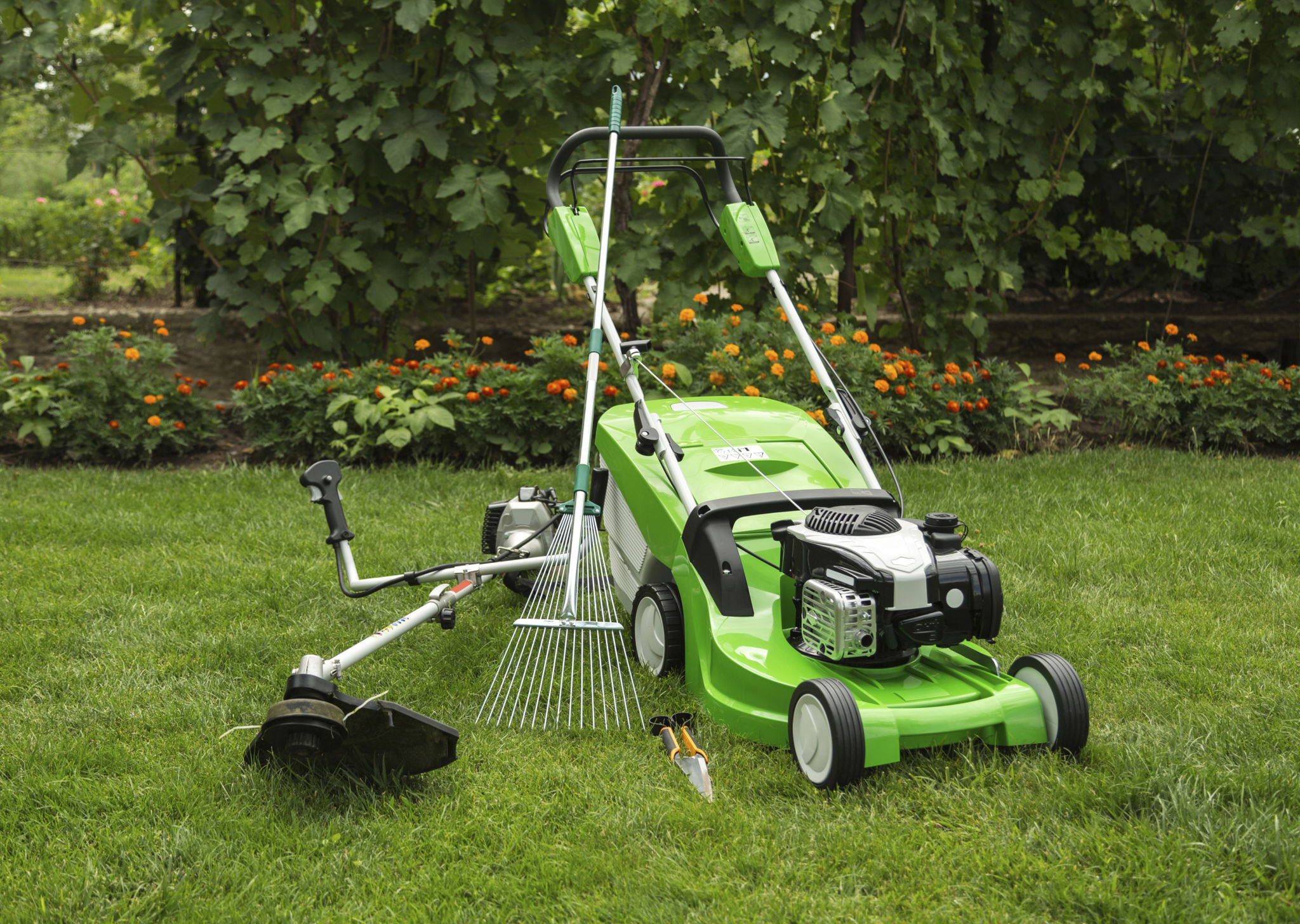DIY Lawn Care: How to Maintain a Healthy Lawn in North Carolina's Climate
Understanding North Carolina's Climate
North Carolina's diverse climate can pose unique challenges for maintaining a healthy lawn. From the humid subtropical conditions in the coastal regions to the cooler, more temperate climate in the mountains, understanding your local weather patterns is crucial. The state experiences hot summers with plenty of rainfall, which means your lawn care routine will need to adapt to these conditions.
The soil in North Carolina varies greatly depending on your location. Coastal areas often have sandy soils, while the Piedmont region tends to have clay soils. Knowing your soil type will help you select the right grass species and tailor your care practices accordingly.

Selecting the Right Grass
Choosing the appropriate grass type is essential for a thriving lawn. In North Carolina, you have several options, including warm-season grasses like Bermuda, Zoysia, and Centipede, which thrive during the hot months. Cool-season grasses like Fescue are better suited for the mountain regions or shaded areas where temperatures are more moderate.
It's important to match your grass selection with your local climate and soil conditions. For instance, Bermuda grass is ideal for sunny areas and can withstand high traffic, making it a popular choice for many homeowners in the state.

Watering and Fertilizing
Proper watering is crucial for maintaining a lush, green lawn in North Carolina. Early morning is the best time to water, as it allows the grass to absorb moisture before the heat of the day. Aim for an inch of water per week, including rainfall, to keep your lawn hydrated without overwatering.
Fertilization is another key component of lawn care. Use a balanced fertilizer that suits your grass type and soil needs. Generally, fertilizing in early spring and late fall is recommended for warm-season grasses, while cool-season grasses benefit from a fall application.

Mowing and Maintenance
Regular mowing promotes healthy growth and prevents weeds from taking over your lawn. Set your mower blades at the correct height for your grass type—generally, 1 to 2 inches for warm-season grasses and 2.5 to 4 inches for cool-season varieties. Never cut more than one-third of the grass blade length at a time to avoid stressing the plant.
Additionally, aerating your lawn once a year improves soil compaction and promotes root growth. For clay-heavy soils common in some parts of North Carolina, aeration can be particularly beneficial.
Pest and Weed Control
Keeping pests and weeds at bay is essential for a well-maintained lawn. Common lawn pests in North Carolina include grubs and sod webworms. Regularly inspect your lawn for signs of damage and consider using natural or chemical treatments as needed.
For weed control, maintaining a healthy, dense lawn is your first line of defense. If weeds become an issue, use targeted herbicides that won't harm your grass type and always follow label instructions carefully.

Seasonal Lawn Care Tips
Each season requires specific care to keep your lawn looking its best. In spring, focus on clearing debris and fertilizing. Summer is all about maintaining watering schedules and mowing practices. Fall is the time to aerate and overseed if necessary. Winter requires minimal care but keeping the lawn free of debris will help it bounce back in spring.
By tailoring your lawn care routine to the specific climate of North Carolina, you can enjoy a vibrant and healthy lawn throughout the year. With proper planning and attention to detail, DIY lawn care can be a rewarding experience that enhances the beauty of your home.